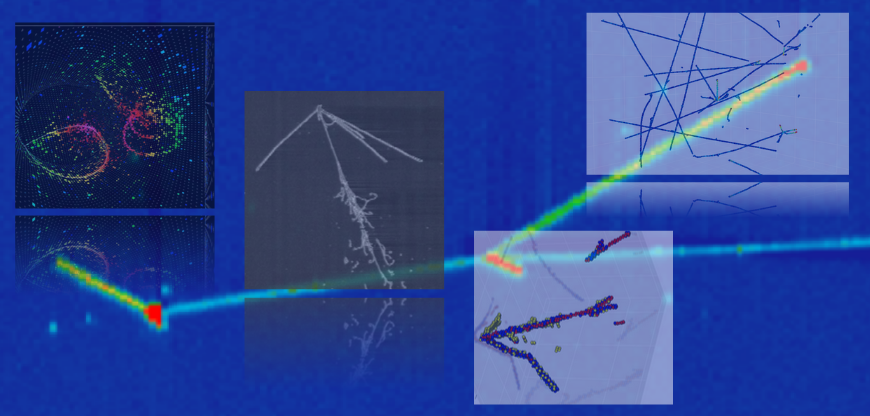Speaker
Description
In the global scientific effort to better understand how neutrinos fit (or don’t) within the bounds of the Standard Model, the Deep Underground Neutrino Experiment (DUNE) aims to make precise neutrino oscillation measurements to determine the neutrino mass ordering and establish the value of neutrino Charge-Parity (CP) violation. To accomplish this, DUNE has a host of near detectors that will be placed next to the source of the world’s most intense accelerator neutrino beam in order to characterize the neutrino interactions and to constrain measurements performed 1300 km away at the far detectors’ site. To capture particles leaving the Liquid Argon (LAr) near detector volume, with a particular focus on muons, a muon tagger is placed downstream. Precisely matching the particles across the detectors during the reconstruction phase can help improve the final particle ID determination and help us cope with the very large pile-up expected in the intense neutrino beam. This work shows the potential of using Graph Neural Networks to connect track segments between the solid scintillator detector planes to the central LAr detector region. This is being developed using the current setup of DUNE’s prototype LAr near detector, the “2x2,” and the solid scintillator muon tagger provided by repurposed MINERvA planes.

